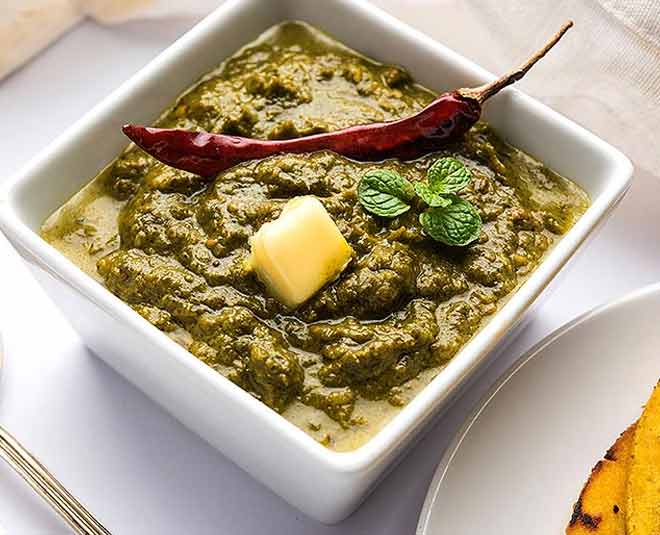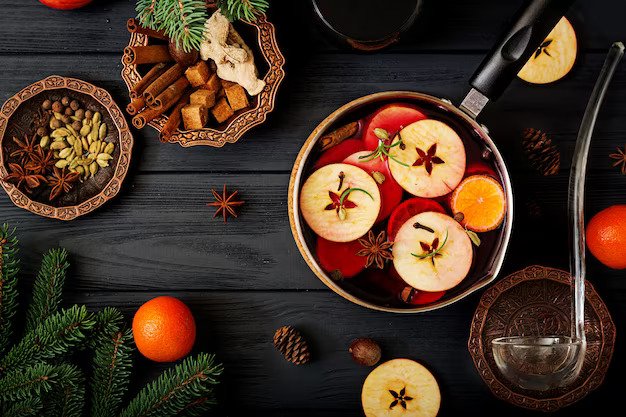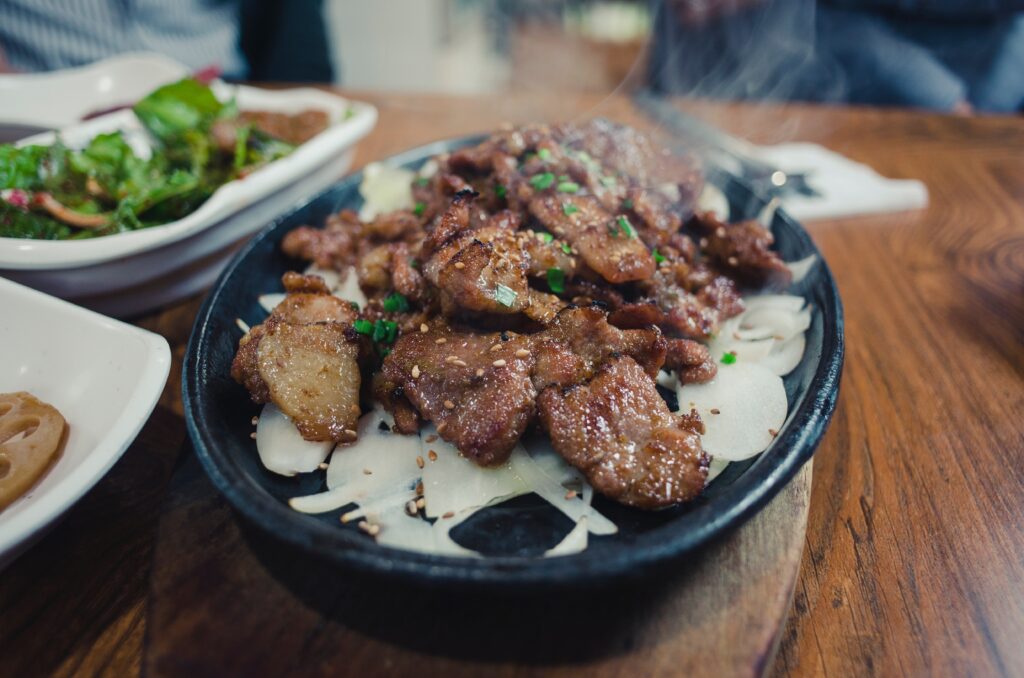
According to the Indian Meteorological Department (IMD), we have 4 seasons which include summer, monsoon, autumn, and winter. The Winter season usually begins in December and ends in February. This season usually witnesses numerous fresh, green, luscious vegetables as well as roots and tubers. These winter special ingredients are not only appealing to the eye but are also rich and dense in nutrients.
There are several ethnic dishes that are made specially during the winter season in different parts of our country; for example, sarson-da-saag and makke-di-roti in Punjab, bajre-ki-roti and urad-dal in Rajashthan, baati-chokha in Bihar, etc. Herewith we would like to highlight a few items that are not only tasty but also healthy and can be enjoyed by people of all age groups.

- Tender-green garlic: Using fresh garlic can prove to be very beneficial as it has several health-boosting properties like reduction of cholesterol and reduction of blood pressure (BP). Both these parameters cholesterol and high BP are dangerous for the heart; hence, garlic is a heart-friendly ingredient.
During winter season tender green garlic can be added to chutneys/ gravies/ raitas/ parathas/ stuffings/ kebabs/ tikkis/ etc. It certainly can enhance the flavour of food items and at the same time provide health benefits.

2. Ponk (tender jowar/ tender sorghum): Jowar (sorghum) is a millet that is widely grown in Rajasthan, Maharashtra, Karnataka, and Telangana. On the other hand, tender jowar is usually harvested only in certain regions of Gujarat and Maharashtra. It is usually available from December to February.
Cereal jowar is also rich in nutrients including vitamin B complex and antioxidants. It is not only a good source of fiber and at the same time it is gluten-free. Tender jowar (also known as ponk in local language) is one of the most health-friendly winter special ingredients that is not only soft, delicate and juicy but also very pleasant. It can be relished as it is or as a chaat — by adding finely chopped onions, tomato, cucumber, lime, salt, and chilli powder. It is usually eaten with sev (fried gram flour sev) but for health concerns, if one wants to keep away from sev then one can add the boiled sweet corn. This ingredient is surely a must-try healthy ingredient in the winter season. To know more use of jowar as a mini/ micro meal for people with diabetes, click here.

3.Turmeric root: Turmeric has numerous health benefits which have been known to mankind since ages but they have come to light even more during the pandemic time. It has been one of the mandatory ingredients of kadhas which were and are used religiously during this covid era. Turmeric is a powerful antioxidant and it also plays a role in providing protection against some of types of cancers, liver and heart diseases. However, herewith we will focus on some nutritious ways of eating turmeric root to achieve its aforesaid benefits.
Turmeric root can be used with the skin, hence, prefer buying roots that have soft, intact skin. It can be shredded and then seasoned directly or prepared as a subji. PEPPER is a MUST ingredient in this item as it helps in better absorption of turmeric from the intestine. This chutney/ vegetable can be relished as a winter special ingredient with chapatis/ parathas/ theplas/ kokis/ dosas during lunch as well as dinner.

4.Sarson ka saag: Sarson ka saag is a famous delicacy in North India and is usually relished as a winter special ingredient with makke di roti. Sarson is not only high in fiber but also high in vitamin A and K. It is usually added with palak in the subji as it itself does not impart a great flavour. However, when combined with palak and onion gravies, its taste gets enhanced and it then compliments makke di during the winter season. When combined with gud and desi cow ghee, it makes a complete dinner and a delicacy that is usually enjoyed on the occasion of Lohri.
5. Sesame seeds: Oilseeds are rich in nutrients like proteins, vitamins, and minerals like iron, calcium, phosphorus, etc. Oilseeds of special importance during the winter season are gingelly/ sesame seeds (til). Til is a very rich source of calcium and phosphorus which are extremely important for bone health. Interestingly, for this very reason til chikkis/ laddos are usually made during Makar Sankranti. So, a lot of credit for these perfect seasonal choices goes to our dadis and nanis.
Hence, til is amongst few but valuable MUST eat winter special ingredients that can be preferred by all age groups especially pregnant ladies, lactating mothers, growing kids, adolescents, post-menopausal women, etc. Til can be added to parathas/ theplas/ bhakhris/ rotis, etc. It can be sprinkled on salads or it may be used along with mouth fresheners — til seeds with saunf is refreshing as well as healthy.
Till can also be added to chutneys to enhance their nutritive value.



